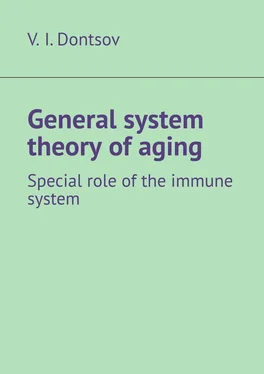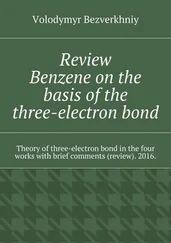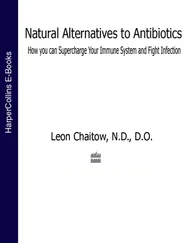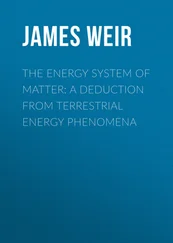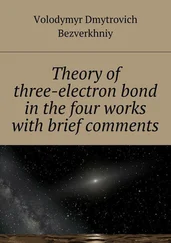In particular, we have isolated and characterized such T-growth regulators of various somatic cells of the body, studied their kinetics, peculiarities of the phenotype, the reaction to some pharmacological agents, the selection of regulatory factors specific to somatic cells, etc. (Dontsov, 1990—2019).
Thus, it can be assumed that with aging, the function of T-lymphocytes of the CRP system decreases dramatically as a result of changes in the organism`s regulatory systems. We found a number of such data experimentally and showed the possibility of reactivation and rapid restoration of cell growth potential when exposed to the CRP-system cells (Dontsov, 1990, 2011).
The proposed new immune theory of aging, therefore, has not only theoretical interest but also allows you to use the full potential of immunopharmacology to counteract one of the most important mechanisms of aging —the reduction of cellular self-renewal in mammals and humans with age.
We have shown the possibility of restoring the cell tissue growth potential that decreases with age under the influence of Transfer Factor, which gives the right to speak about the likelihood of TF influence on other manifestations of aging. It has been shown that TF is able to reduce biological age, assessed by a variety of parameters, in humans; and correct age-related immunodeficiency with increasing potential of cell growth.
Chapter 1. Methodology and principles of studying the aging phenomenon
1.1. The main methodological errors, myths, and cliches in the general analysis of the problem of aging
The most famous and common is, apparently, a statement from which often popular, and often scientific, lectures on aging often begin.
They say that the general theory of aging does not exist, there are several hundreds of theories of aging, but none of them is true, that you need to create a “correct” theory of aging, which will indicate the unknown cause of aging and abolish aging, leading not only to eternal youth but also to immortality.
In fact, everything here is not true exactly the opposite: the theory of aging exist, it is one, it includes all existing “theories” as special cases – the mechanisms of aging, it is impossible to abolish aging as a general phenomenon of life, but also of Being as a whole, but’ eternal youth ‘does not mean immortality.
The common cause of aging is known as part of ontogenesis, part of life itself, as a phenomenon of disruptions in the structure and function of the system accumulating with age, as movements from order to chaos (Comfort, 1967; Galimov, 2006; Giaimo, 2014; Gibbs, 1928; Gompertz, 1825; Gladyshev, 2012; Hayflick, 2007; Dontsov, 1990, 1998; Dontsov, Krutko, 2009, 2012, 2016; Krut’ko et al, 2018; Nicolis, 1989).
In general, it is a natural process in nature, since it proceeds with an increase in entropy; in a particular form, this is known as the second law of thermodynamics – the accumulation of chaos in a discrete system.
But the reason is a principle, not a mechanism; it cannot be canceled (like most fundamental reasons); one can only oppose another principle (self-renewal and development).
The desired “eternal youth” would not lead to immortality, since aging is an increase in the probability of death with age, and eternal youth is only the constant (and not zero) probability of death throughout life. Such a situation would only lead to a different principle of extinction of the “ever young” population with a relatively small increase in Average life expectancy (ALE), but with a very large of psycho-social problems.
Indeed, during aging, when the probability of death increases with age by an order of magnitude, the main extinction of the population is drastically shifted to older ages, whereas with “eternal youth” the probability of death is constant throughout life and the average life expectancy (50% survival rate) sharply shifted to the left, which is typical of all systems with a constant stochastic loss of elements, for example, for the radioactive decay of elements.
From demographic data on mortality in developed countries, it is known that life expectancy in them now reaches 80—85 years or more, that is, the population is guaranteed life expectancy, which is considered by the population as personally expected, “guaranteed” duration of their own lives, about 85—90% of “Maximum” (90—100 years).
On the other hand, the “forever young” ALE would not reach even 15% of the maximum possible life span, and the absolute values of the ALE are not important here since the fundamental mortality curve depends on the principle itself – the immutability of mortality with age (( Figure 1 )).
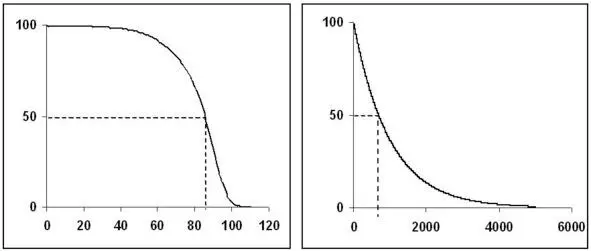
Figure 1. The probability of mortality of the population for an aging (left) and ageless (right) population. Horizontal – time (years), vertical – the percentage of survivors persons. Average life expectancy is indicated by the vertical dotted line on the horizontal time axis. The probability of mortality of the population: ageless population, for 20-year-olds 0.001% per year.
Among other myths, it should be mentioned first of all the idea that there is a Maximum life expectancy (MLE) equal to 100-120-140-170 years, etc. (depending on the personal preferences of the authors), and it can be achieved, it is enough just to study the experience and “device” of long-livers.
However, the available fixed maximum life spans are the Record life span (RLS) the exception is that the “tails” of the curves of the normal distribution of signs are impossible for any large part of the population to achieve. Such “tails” are typical for any statistical distribution and can only be oriented on the life expectancy policy. In addition, the MLE, in general, cannot exist as a definite digit: the extinction of a population is a probabilistic law (a curve, not a digit) and there is always some probability of living longer than a given limit. You can only talk about what percentage of the remaining population (and accordingly what percentage of the extinct population) is considered as the basis of the “MLE”, which should rather be interpreted as SLE (the species limit of life).
At the same time, a sharp increase in mortality with age leads to the fact that the differences between the life span of the remaining 1%, 0.1%, 0.01% and so on, the populations differ not even by years, but by months, therefore the MLE it is quite adequate to consider the life span of the life span for the remaining 1% or even 5—10% of the population
The notion that mortality is determined only by a specific cause, and by removing specific causes we remove the mortality itself, indefinitely extending the life span – the typical “myth of doctors.” This gave rise in the middle of the last century to numerous movements for general improvement. A number of longitudinal studies, however, showed that mortality in such groups, usually focused on the prevention of cardiovascular diseases, as the main cause of death, decreases very slightly, although the mortality from cardiovascular diseases itself is quite pronounced – there is a redistribution of mortality: “Compensatory phenomenon of mortality”, with increased mortality from other causes. For a gerontologist biologist, however, it is quite obvious that mortality is the result primarily of a decrease in viability, and causes of mortality are secondary: mortality does not add up as the sum of causes, but decomposes according to them, while the specific causes of death and internal super-strong effects for the body.
Читать дальше
